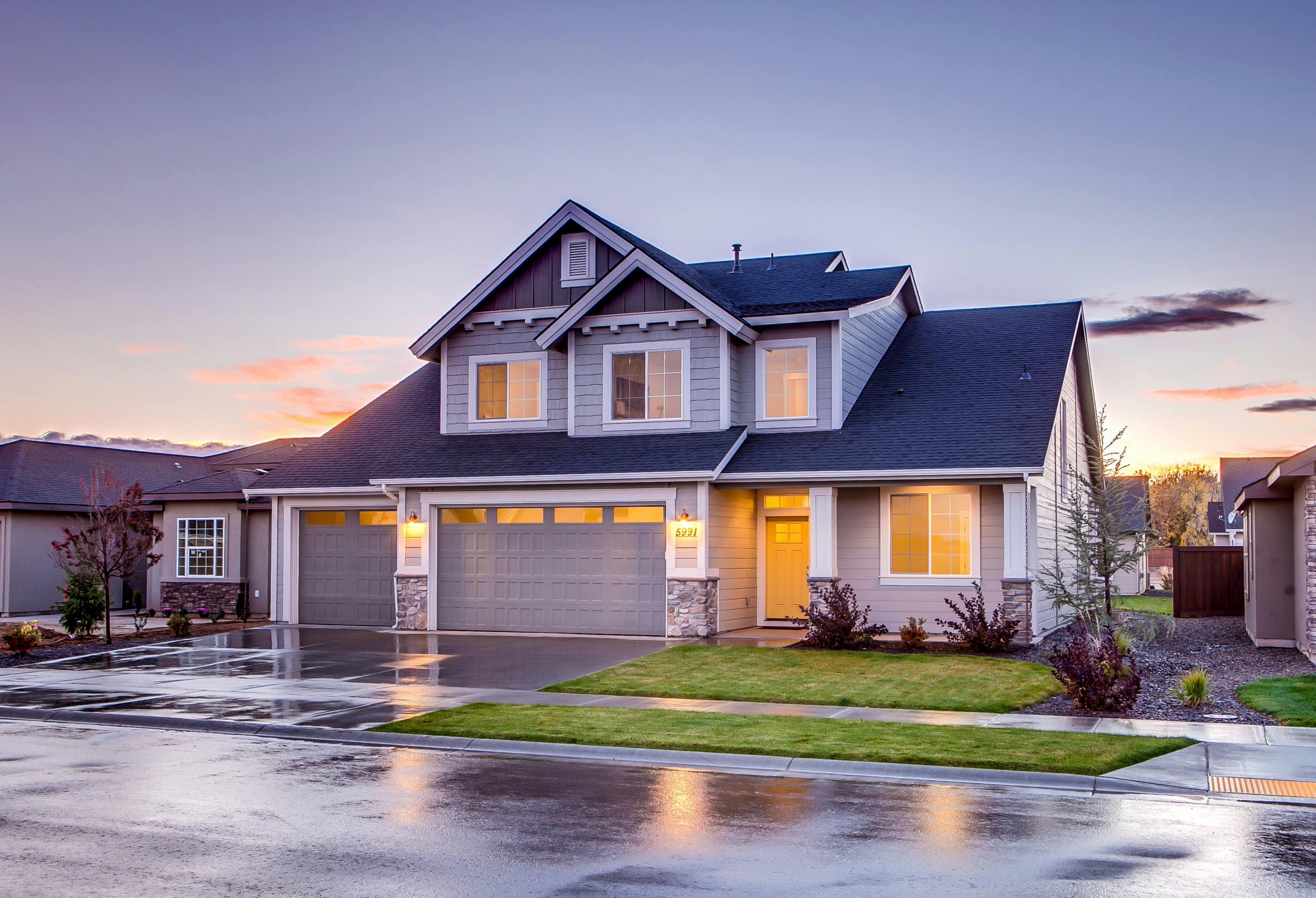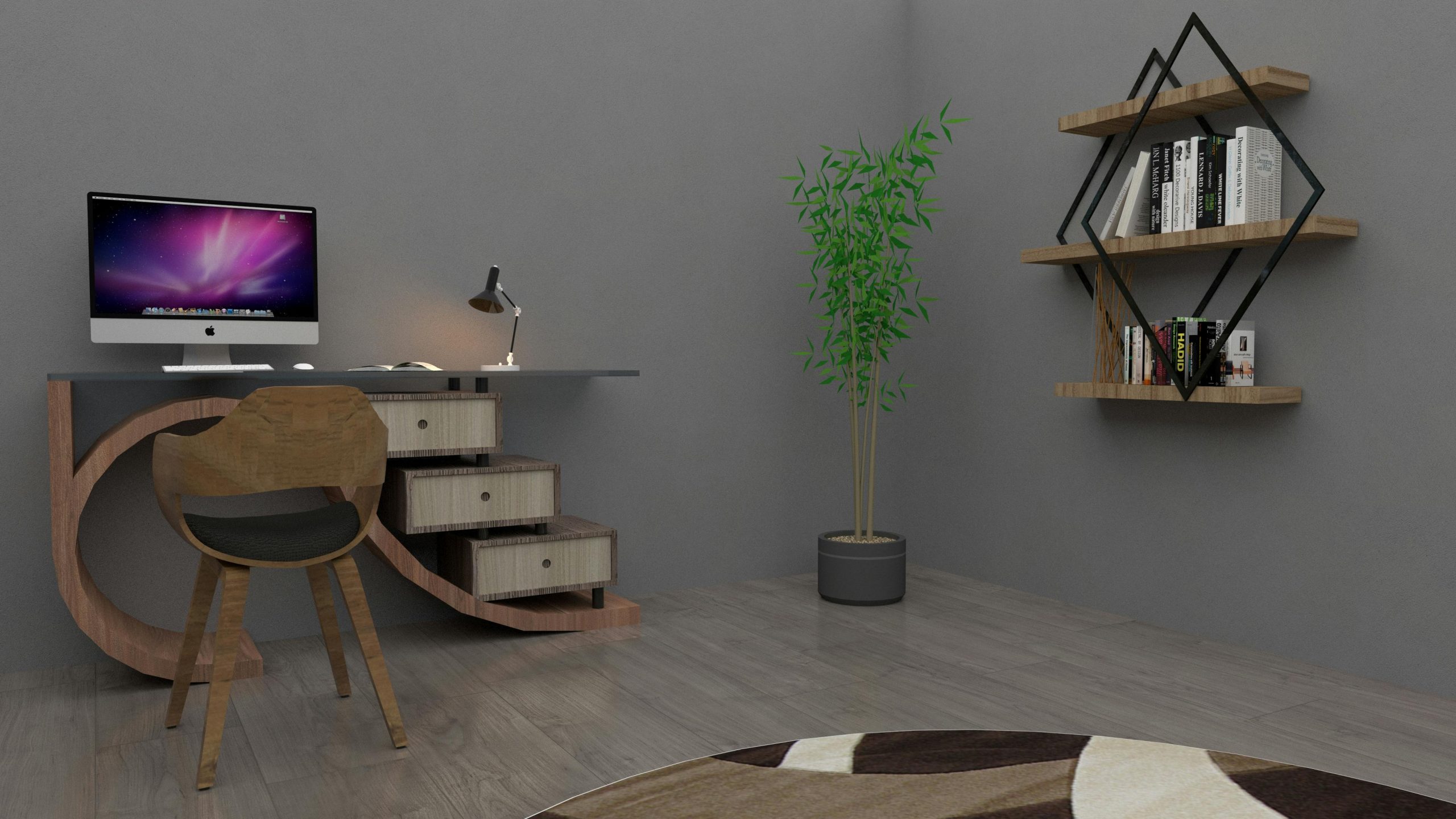Rammed Earth as a Construction Material
In today’s day and age, architects and constructors prefer using sustainable materials to construct a building. That is because buildings made sustainably have a low environmental impact. Bamboo, sustainable concrete, laminated timber, recycled steel and stone are a few popular sustainable construction materials. As India is currently witnessing a construction boom, there is a growing need to find masonry products that are environmentally-friendly.
A new entrant in this space is rammed earth. Despite regaining popularity today, its usage dates back to the Neolithic period in China. Even today, you will find archaeological sites built with rammed earth. Unfortunately, in the 20th century the usage declined. However, architects today are advocating its use owing to enhanced sustainability in comparison to modern construction products. In the 1800s, rammed earth regained its lost glory in the United States. Now that we know a little about its origin, let’s look at what exactly rammed earth encompasses.
What is Rammed Earth?
Rammed earth is a construction material that is made by ramming a mixture of sand, gravel, silt and clay together between flat panels called formwork. It’s used to keep whole walls in place layer by layer. Each layer of rammed earth is approximately 6 inches deep. With each form being filled, another one is placed above it. The process continues till the entire wall is built. The end result is referred to as stabilised rammed earth. This ancient technique is being used to not just build walls but even floors and other construction foundations. It holds a significant position in the sustainable architectural realm.
Advantages of Rammed Earth
There are many advantages of building with rammed earth. Here are some of them:
Thermal mass and insulation
Walls built with rammed earth usually have a thickness of 1 foot, thereby providing excellent protection from extreme climates. Owing to the thickness and density of the material, the heat/cold penetration into the wall is very slow. This keeps the internal temperature in a room relatively stable. Rammed earth buildings feel cooler in summer and warmer in winter. It’s perfect for use in areas where the temperature fluctuates and the inhabitants need to be protected.
Low carbon footprint
The goal of every environmentalist these days is to reduce the carbon footprint. It’s a known fact that carbon emissions pose a huge threat to our environment. Rammed earth in general consumes very little non-renewable energy during its entire lifecycle. The least amount of energy is consumed during the transportation of soil from off-site resources. This to a large extent can be avoided by harvesting soil on-site. Basic, traditional rammed earth emits very low greenhouse emissions. Rammed earth which is highly engineered and processed can lead to significant emissions. Despite this, it is still a preferred choice over conventional building materials.
Sound insulation
The thickness and density of a wall determines how much noise transmission is reduced. Just how rammed earth walls provide thermal insulation, for the very same reason, it also provides high sound insulation. It’s perfect for areas where heavy rain and strong winds exist. Interior rammed earth walls also provide sound insulation. In buildings where quietness is needed such as places of worship and rehabilitation centres, rammed earth is highly recommended by architects and interior designers.
High strength and durability
As mentioned earlier, rammed earth can withstand strong winds. Thus, this property also determines its strength in general. Cement stabilisers are strong but not as much as rammed earth. Since rammed earth involves a mixture of many materials, its durability is enhanced. This further makes it fire and pest resistant too. The life of this new-age construction material is unlimited owing to which it will remain immune to a destructive fire, termites and even harsh weather conditions.
Aesthetic and versatile
Any individual who is pursuing a bachelor of design in interior design cares about aesthetic harmony especially when it comes to building new structures and renovating existing ones. Thankfully, rammed earth is a material loved by constructors and architects alike. This is because it has an array of applications in different forms. The use is not limited. It is easy to play with and different textures can be achieved. Moreover, various shapes can be achieved with rammed earth depending on the structure. It also instils a sense of calmness to a building which gives the inhabits a chance to connect and live in harmony with nature.
Into the Future
Even today, students studying interior design and decoration courses have a module dedicated to rammed earth. That is because the future of this construction material looks promising. Its unique aesthetic appeal, environmental-friendly nature and high durability make it the most sought-after construction material. The only disadvantage of rammed earth is the cost which will be tackled over a period of time as new technologies emerge.




